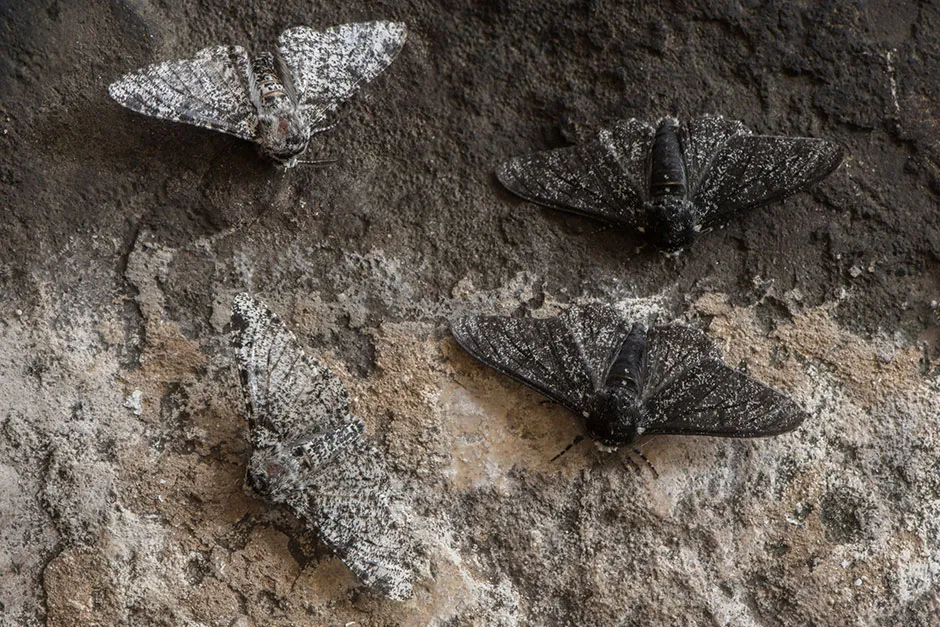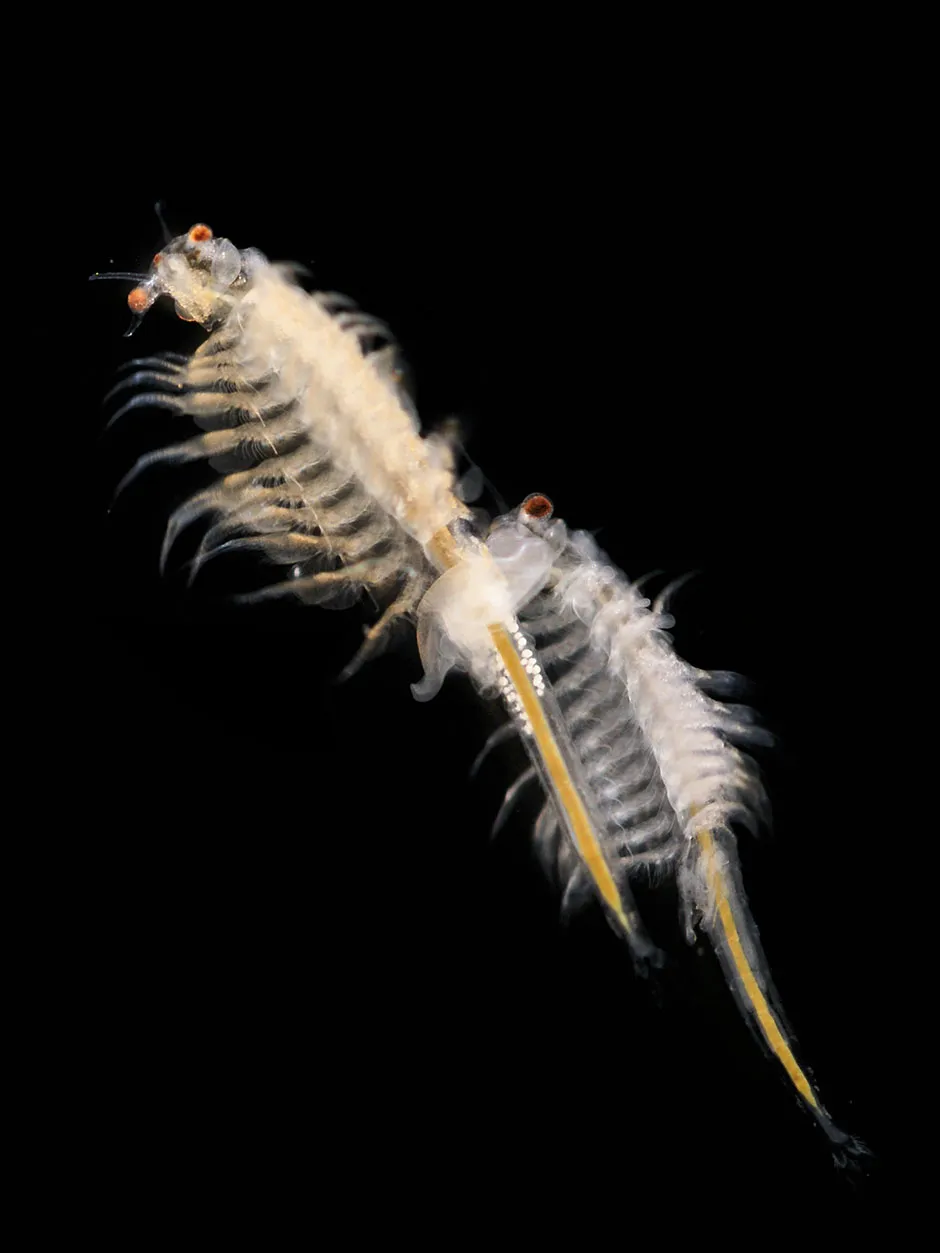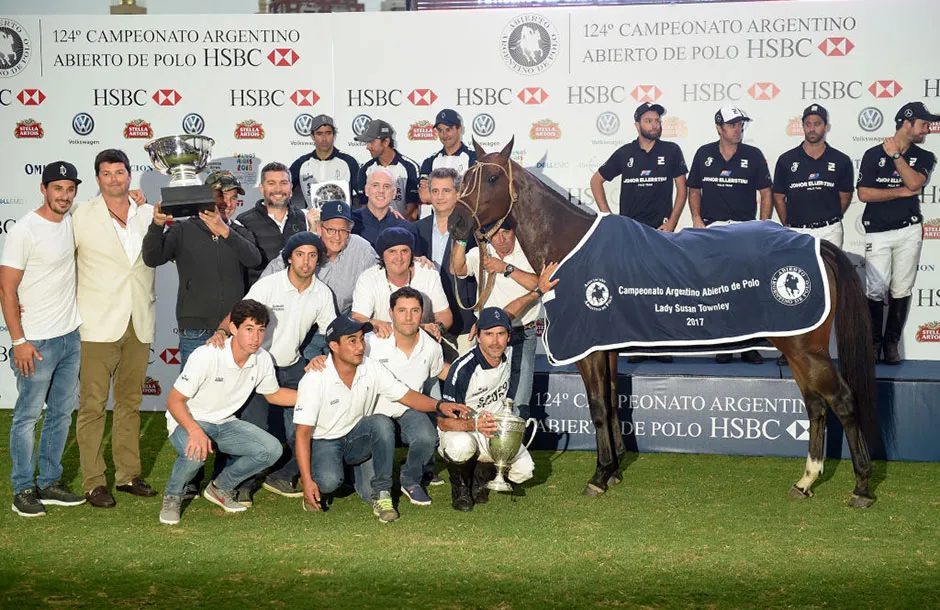1
Pizzly bears

What do you get if you cross a polar bear with a grizzly bear? The answer, rather delightfully, is a hybrid animal called a pizzly bear.
Pizzly bears have the slender neck of a polar bear and the humped shoulders of a grizzly. Their coat and size are somewhere between the two parent species, as are their feet, which are midway between the flat paddles of a polar bear and the clumpy, clawed stompers of a grizzly.
In 2006, genetic tests confirmed their existence in the wild for the first time, after a hunter felled an odd-looking bear as part of a licensed bear shoot in Canada’s Northwest Territories. Hybrids are often sterile, but now scientists think that at least some pizzlies are fertile and having offspring.
As the world warms and the far north melts, ice-dwelling polar bears are being forced further south, whilst grizzlies are expanding their range northwards. Human activity is creating opportunities for the two species to mix and mate. Could we be witnessing the birth of a new species, or will the two species just continue to mate intermittently? Only time will tell.
Read more about evolution:
- Here's looking at poo: the weird and wonderful species that look like faeces
- What is the minimum difference a species must show in order to be classed as a new species?
2
Genetically-Modified Wolves

It might sound like the stuff of nightmares, but genetically-modified wolves are already out there and roaming the streets near you. Millions of us let these lupine freaks into our houses where we let them play with our children and sometimes, even, sleep on our beds.
Genetically modified wolves are, of course, dogs. Wolves were the first animals to be domesticated, around 30,000 years ago.
In the time that has passed, we have fashioned them into a bewildering array of shapes and sizes, from the Dachshund to the Dalmatian, and the Lurcher to the Labrador. Now although dogs and wolves still share more than 99.5 per cent of their DNA, the tiny fraction that is dissimilar is enough to imbue them with their vastly different features.
3
London Underground Mosquitos

Whilst it was being constructed in the 19th Century, mosquitoes followed workmen down into the tunnels of the London Underground. The insects persisted by feasting on the blood of rodents, and of the poor Londoners who took shelter on the platforms during the Blitz.
Physically isolated on different tube lines, the mosquitoes formed distinct populations that were unable to mix. Then, when scientists analysed their DNA around 20 years ago, they found that mosquitoes from the Central, Victoria and Bakerloo lines were all genetically distinct. They had all started to evolve in different directions.
In addition, the underground biters were also genetically different from their above-ground relatives, and in a nod to their Blitz-biting bloodbath, the subterranean strain was dubbed Culex pipiens molestus. Now scientists debate whether it is different enough to be classified as a separate species.
4
New York Park Mice
A few hundred years ago, the area that is now New York City was covered in fields and forests. Lots of animals lived there, including a bright-eyed rodent called the white-footed mouse.
The mice moved freely, creating a continuous population with a well-mixed gene pool. Then the Big Apple grew and the mice sought refuge in the city’s parks. Now isolated populations are thriving in New York’s Central Park, Prospect Park in Brooklyn, and smaller parks like Willow Lake in Queens.
The populations have evolved in different directions and now all their mice have their own park-specific DNA. Mice in Manhattan have a genetic signature that is different from mice from Queens and the Rockaway Peninsula. Not just that, there are signs that the mice are adapting to their city locations.
White-footed mice from Central Park, for example, carry versions of genes that help them to process fatty foods and neutralise the toxins that are sometimes found in mouldy nuts. In the 120 years or so they have been isolated in the famous park, it seems as though they have been evolving to eat New York staples such as pizza and peanuts!
Read more about animals:
- Four animal 'facts' that are completely wrong
- 19 beautiful pictures from the Nature TTL Photographer of the Year 2020 competition
5
Peppered Moths

It’s a black and white beauty, and the textbook example of how humans influence the evolution of other animals. Before the mid-19th Century, peppered moths were cream with black spots.
During the Industrial Revolution, this was replaced with a black alternative, which camouflaged well against the sooty tree trunks where it rested during the day. Then, in the 20th Century, when the Clean Air Act spruced up the skies, the melanic form declined and the cream version became more common.
The story illustrates how quickly evolutionary change can occur, and in 2016, scientists deciphered the cause of this rapid colour change. A well-timed mutation altered the moth’s pigmentation, leading to the appearance of an evolutionary show stopper.
6
Spider-Goats
On a farm in Utah, there are goats that contain spider DNA. I ‘kid’ you not.
They can’t spin webs and they don’t have eight legs, but they do have a superpower of sorts. The unusual bleaters make spider proteins in their milk, which can then be spun into silk.
Biologist Randy Lewis from Utah State University made the original spider-goat over 20 years ago, and since then he has selectively bred them to produce an elite line of goats that make superior spider silk. The goats are milked as normal, then threads of silk are wound out of the creamy liquid.
Weight for weight, the silk is up to ten times stronger than steel, and can stretch up to 20 times its original length. Unlike spiders, goats can be used to produce vast quantities of the material, and its strength and elasticity mean that spider-goat silk could be used for all sorts of things, from ligament-repairing sutures, to cables for suspension bridges.
It’s also stable at very high temperatures, so could be used to make body panels for cars or wings for drones.
7
Sea Monkeys

Remember them? Forty years ago, comic books featured adverts for weird, grinning aliens with pronged heads and pot bellies. ‘Sea Monkeys,’ as they were called, could be bought, delivered and added to water to create ‘Instant Pets,’ but they weren’t the ‘out of this world’ experience that the adverts promised.
Sea Monkeys, which can still be bought today, are a type of tiny crustacean called a brine shrimp. Fascinating creatures; they breathe through their legs, have three eyes, and can survive in an egg-like state of suspended animation for years.
Eggs from the original wild brine shrimp, Artemia salina, didn’t last long in captivity, so scientists created a new hybrid variety that survived longer in the aquaria of the bemused children who bought them.
According to Richard Pell, Founder of Pittsburgh’s Centre for PostNatural History, the hybrid brine shrimp is “the only creature that’s ever been specifically bred so that its lifecycle matches the lifecycle of a toy.”
8
AquAdvantage Salmon
How would you feel about tucking into a piece of salmon that contains the DNA of not one but three species? In Canada, supermarkets don’t have to label genetically modified (GM) ingredients on their packaging, so many consumers have been unwittingly eating the fish since it first went on sale three years ago.
The AquAdvantage salmon, as it is called, is an Atlantic salmon with added DNA from the Pacific Chinook Salmon and an eel-like fish called the ocean pout. The result is an animal that grows twice as fast as regular Atlantic salmon.
It also eats 25 per cent less feed and is about 20 per cent more efficient at converting this feed into flesh on its body. This means that more salmon can be produced in less time, and the company that makes the fish - AquaBounty Technologies from Maynard, Massachusetts – think it could be used to meet the global demand for healthy animal protein.
Regulatory authorities have deemed that is safe to eat and poses no danger to the environment, and now the AquAdvantage salmon has become the first GM animal ever to enter the human food supply.
Read more about humans and animals:
- Birds are getting smaller as the climate gets warmer
- Five ways deadly diseases carried by mosquitoes have steered the course of human history
9
Cloned Polo Ponies

We’ve all heard of Dolly the Sheep, the first mammal to be cloned from an adult cell, but few have heard of the cloned polo ponies, Cuartetera 01, 02, 03, 04, 05 or 06.
In 2016, the equine doppelgängers played in the world’s most prestigious polo match, the Argentine Open Championship, where they trounced the more traditional and genetically diverse opposition. At the reins; Adolfo Cambiaso, one of the world’s most successful polo players and the man behind the horse cloning company, Crestview Genetics.
Although clones occur naturally in the animal kingdom (nine-banded armadillos give birth to identical quadruplets), humans have taken cloning to new heights with the production of cloned camels, cattle and coyote, to name but a few.
Now, if you have £40,000 to spare, an American company will even clone your pet dog, but don’t expect an exact copy of the original. Living things are a product of their DNA and their environment, so although they may look similar, their personalities will never be identical.
10
All Life on Earth
Humans have intentionally changed the evolutionary fate of many species through techniques such as fancy breeding and genetic modification, but we also do the same thing unintentionally when we wreak large scale havoc on the planet where we live.
In Africa, for example, hunting is causing elephants to evolve smaller tusks. In America, cliff swallows have evolved smaller wings to help them dodge the traffic on the busy roads where they build their nests. In Puerto Rico, city-dwelling crested anole lizards have evolved stickier toes and longer legs to help them cling to buildings, whilst in our own back gardens, great tits are evolving longer beaks because it helps them steal treats from bird feeders.
As the world changes, some species are going extinct, whilst new species are forming. Evolution is speeding up. We haven’t seen change on this scale since the demise of the dinosaurs, 65 million years ago.
There may well be some ice-dwelling Antarctic microbe that is immune to our actions, but as the world warms and the ice melts, this innocence will not last. Humans are now influencing the evolution of all life on Earth.
Life Changing: How Humans are Altering Life on Earth is out now (£16.99, Bloomsbury Sigma).